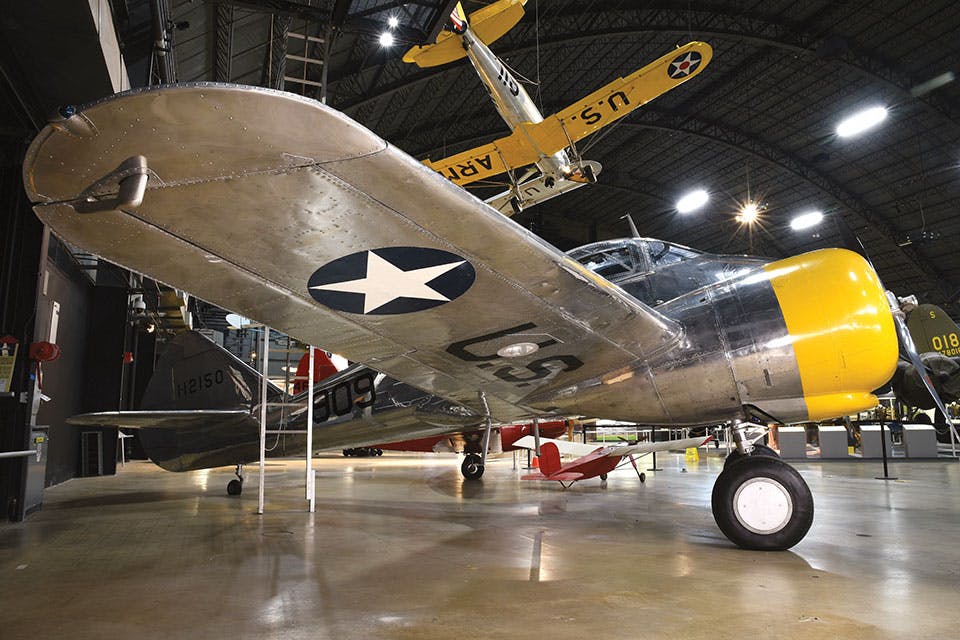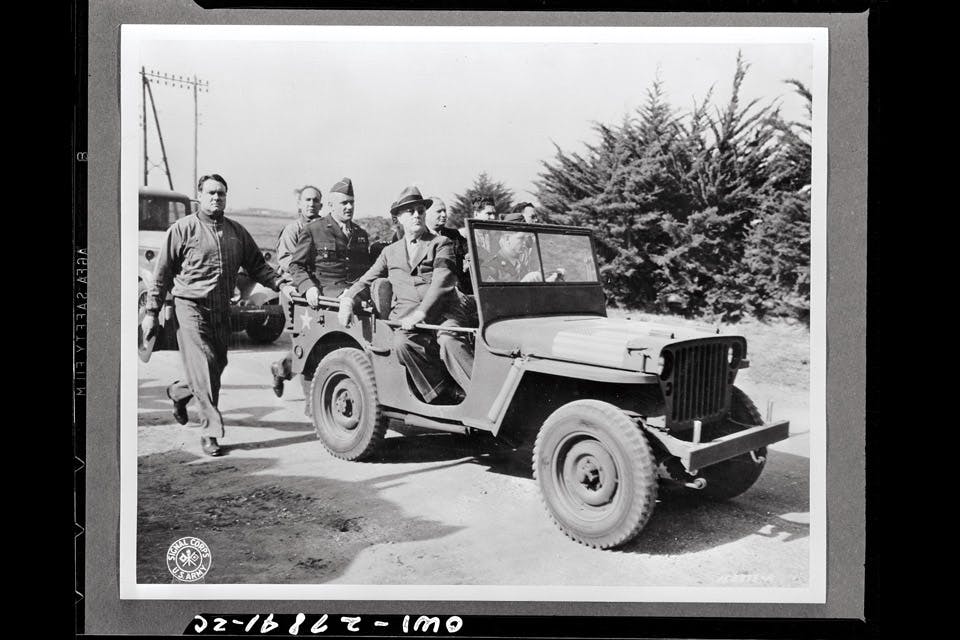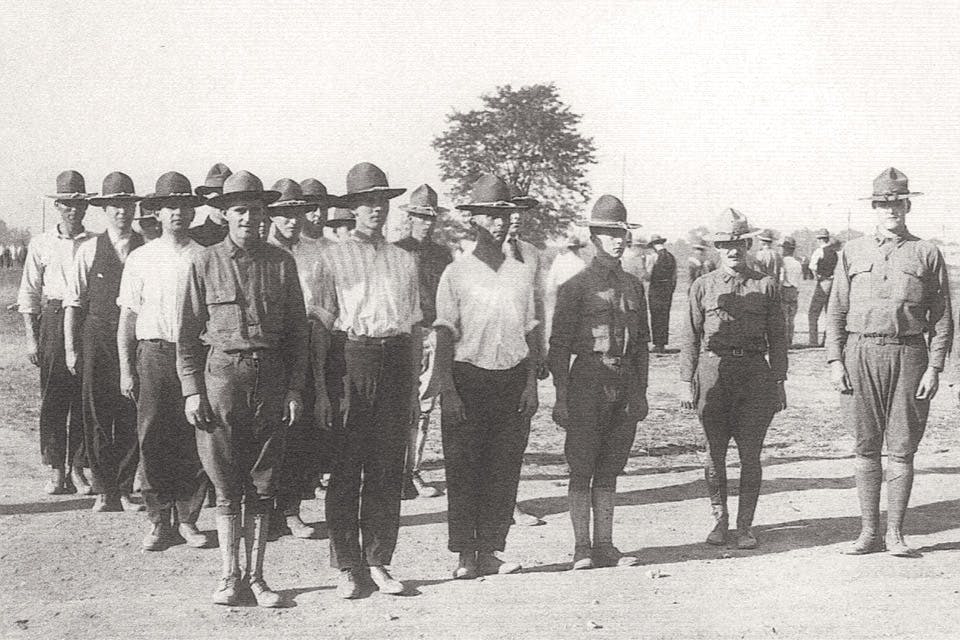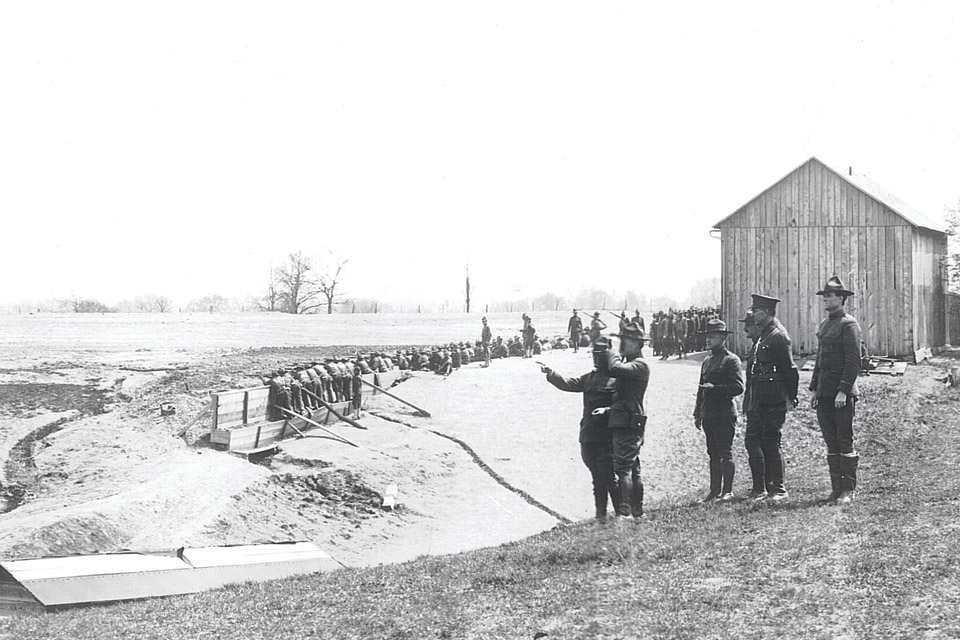Ohio Life
Camp Sherman Memories
Thousands of soldiers trained in Ross County before shipping out to World War I battlefields. July’s Camp Sherman Days honors their contributions.
Related Articles
.jpg?sfvrsn=12cdb838_1&w=960&auto=compress%2cformat)
Mark Veterans Day at One of These 4 Ohio Events
Remember the sacrifices of America’s brave men and women in uniform at these happenings across the state. READ MORE >>

Road Trips: Ohio Military Museums and Memorials
These destinations across Ohio honor those who gave of themselves to protect the United States of America. READ MORE >>

How Ohio Helped Make the Jeep an Icon
Between 1941 and 1945, Willys-Overland of Toledo produced more than 363,000 jeeps for the war effort. Soldiers loved the vehicle, and it grew into a popular consumer brand that today employs thousands of Ohio autoworkers. READ MORE >>





